Ancient Psychedelia: Alien Gods & Mushroom Goddesses
Online Book - Chapter 11, Page 209
Back to Online Book Mainpage / Next Page (Chapter 11, Page 210)
The Caduceus itself can be traced directly to the mushroom in several instances. In the first of four images of the caduceus (69a), we see the wings in mushroom style, next we see the torch of enlightenment, formerly the cornucopia in the image of Ashi from the gold coin in India which graces the cover of this book, next we see the pinecone on top of the caduceus and finally we see the “liberty bell” or mushroom itself. We can also see how it was portrayed on ancient coins from the Graeco-Roman era c. 69 BC – 220 AD (55a, b, c), but most interesting is how the mushroom is portrayed on a very rare Greek Hermes coin from the same era. Instead of two serpents winding around the top, we see the bull’s horns and the mushroom below (55d).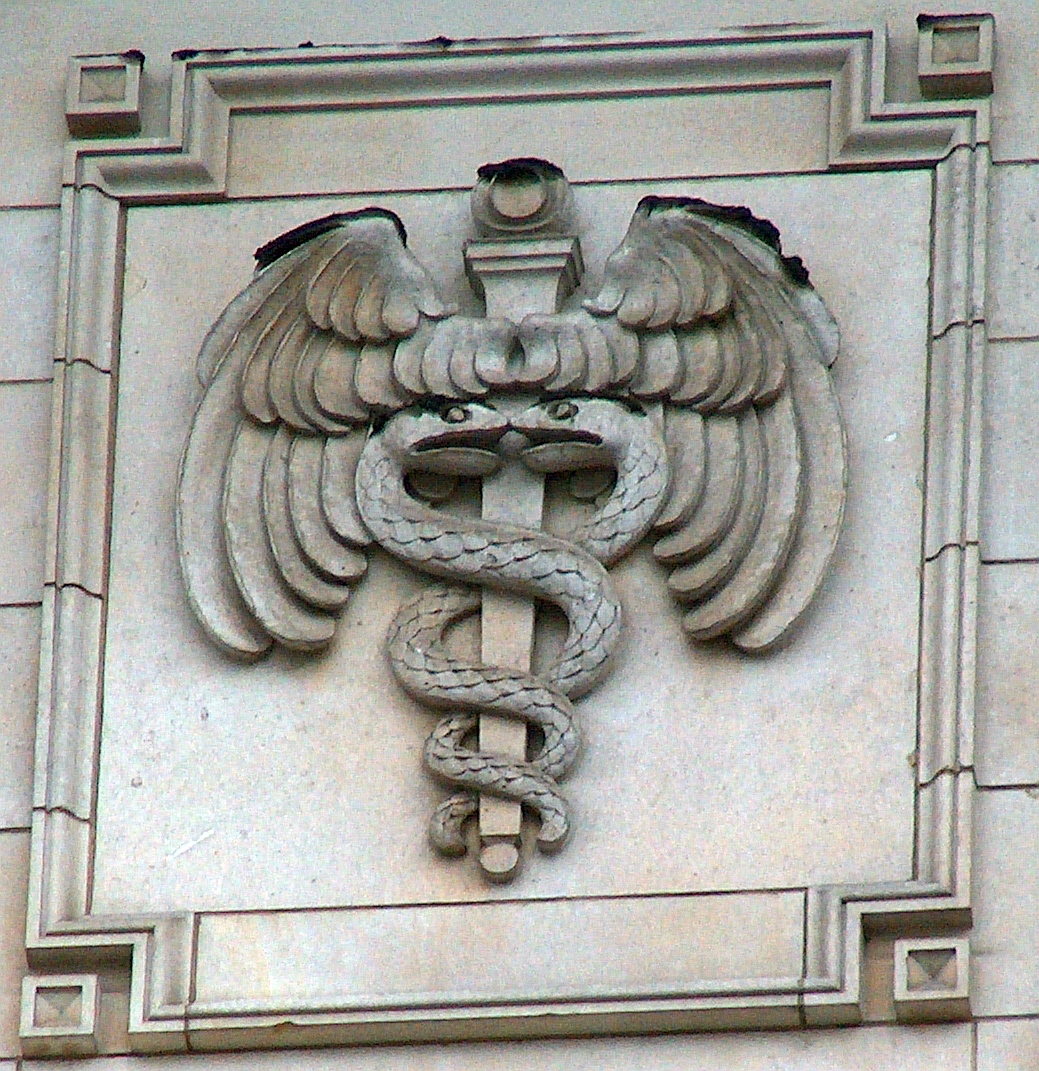 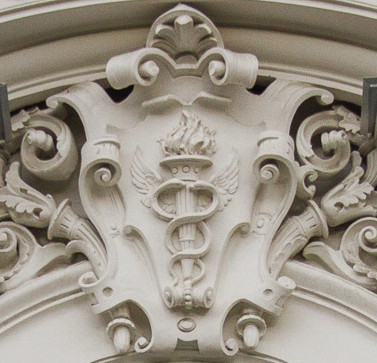 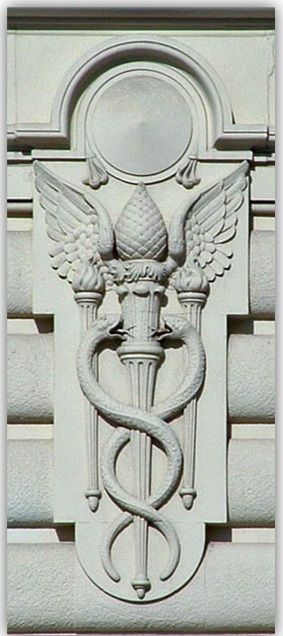 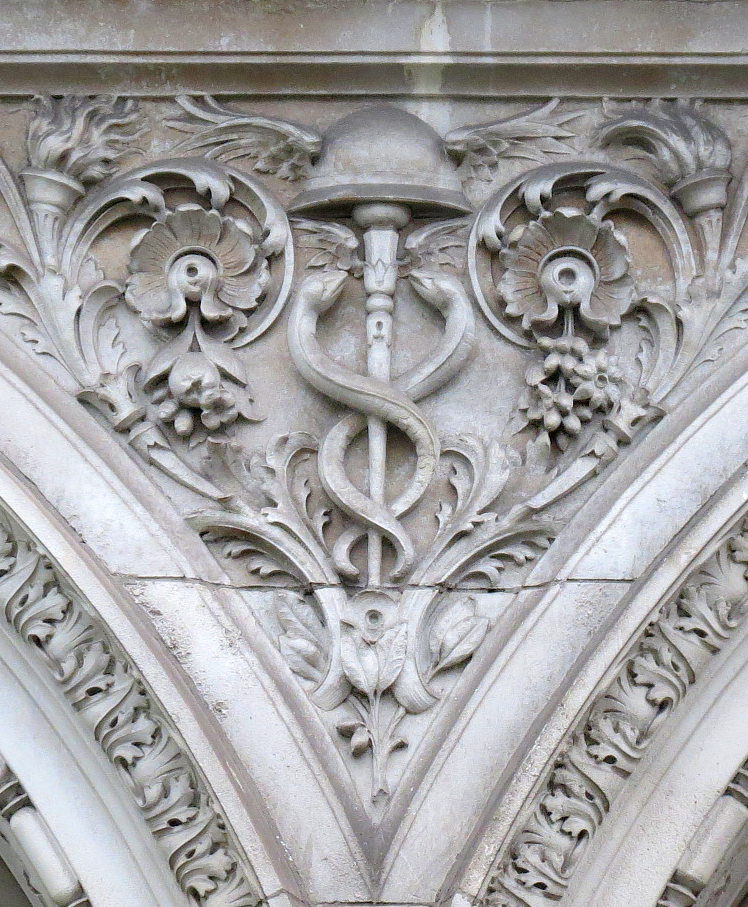 L: (55a) Rome Winged Caduceus c. 69 BC  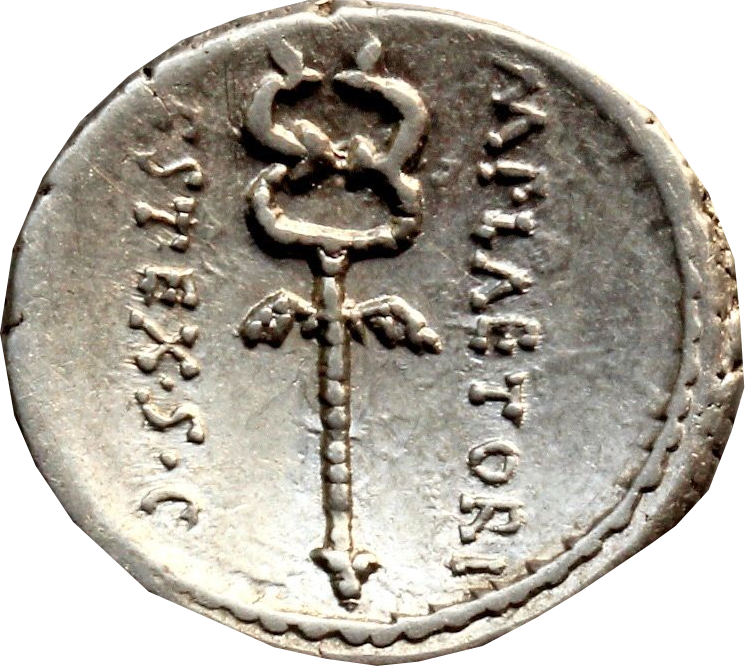 R: (55b) Elegabalus serpent-entwined tripod c. 218-222 AD L: (55c) Winged Caduceus c. 15 AD 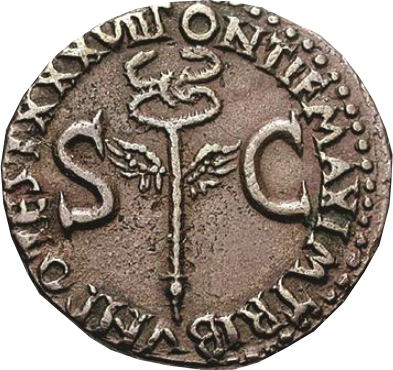 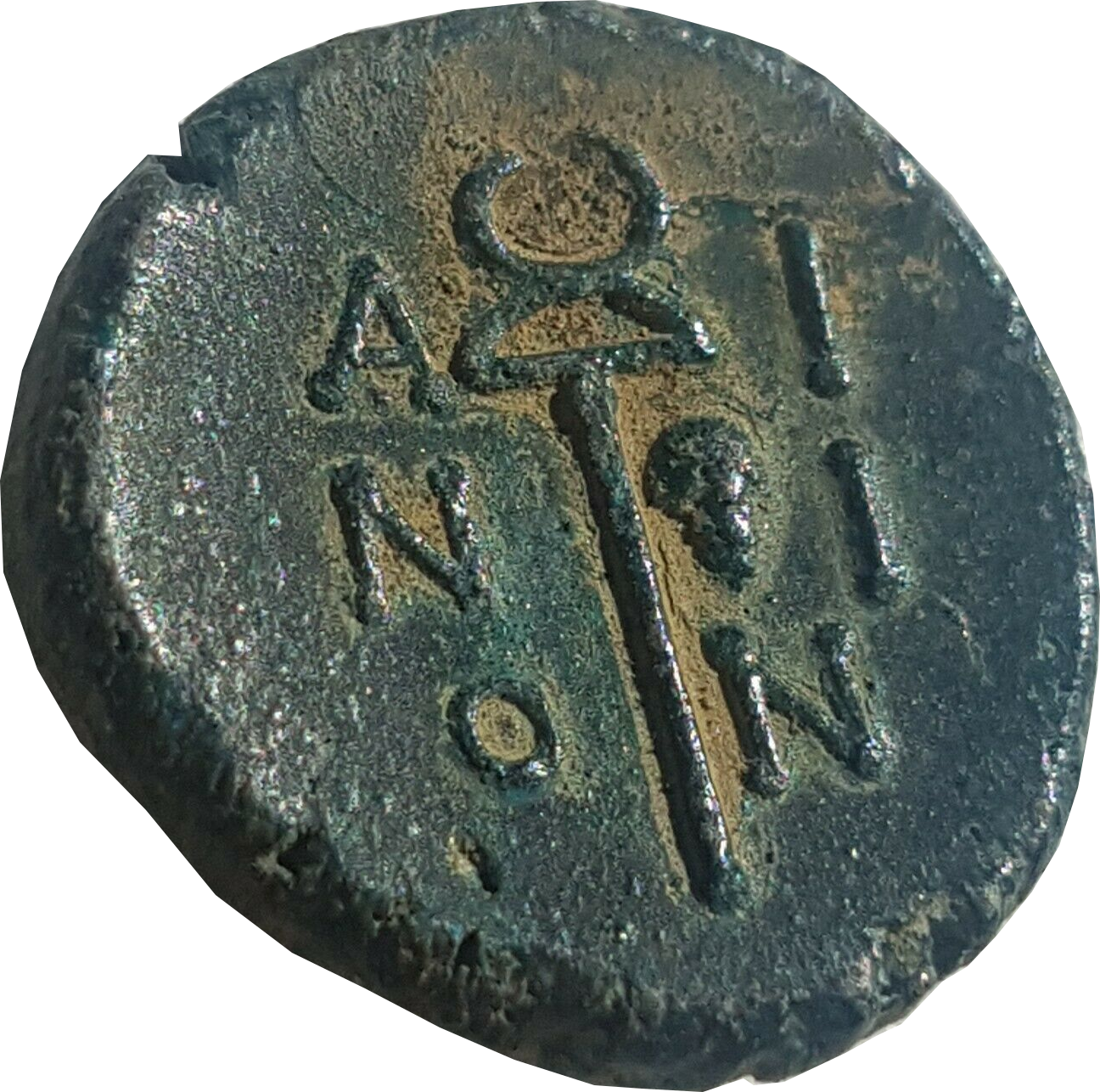 R: (55d) Greek coin, Hermes on Obverse, Caduceus on Reverse |
Asclepius has his own version of the herb of immortality story that deals with Glaucus, similar to Polyeidus. When Asclepius had grown older reports had spread everywhere that he could not only heal the sick but bring the dead back to life as well. There were two different stories how he came upon this miraculous skill. One had to do with Athena bestowing upon him the blood from the right side of the gorgon Medusa’s body which gave immortal life. According to another version he was shut up in the house of Glaucus whom he was sent to heal and there a wrapped serpent around his staff. He killed the serpent whereupon another serpent came out with an herb in its mouth and revived the other back to life, from which Asclepius took the knowledge of this herb. But then afterwards, citing Apollodorus: “Zeus, fearing that men might acquire the healing art from him and so come to the rescue of each other, smote him with a thunderbolt. Angry on that account, Apollo slew the Cyclopes who had fashioned the thunderbolt for Zeus. (206) The reverence towards Asclepius, held by the masses led to a number of priesthood/physician families, and these groups passed down the knowledge only to their descendants creating a family tree of priest-physicians. (207) According to the Hippocratic corpus, only the elect could penetrate the secrets of nature: “Things however that are holy are revealed only to men who are holy. The profane may not learn them until they have been initiated into the mysteries of science.” (208) Asclepius gained such popularity and rose to such prominence as a healing divinity, he was attributed the title of “Savior” when he went by Asclepius-Savior. (209) In India, Miri-Duggha is a god of medicine and the eldest son of waters whom the idea of Asclepius may have been derived from. (210) The Asclepion at Epidaurus was said to have been built no later than the 6th century BC, possibly at the end of the seventh and held its position for upwards of eight hundred years continuously. (211) Following the sanctuary at Epidaurus, followers set up Asclepieia at Knidos, Kos, Rhodes, Kyrene, and Kroton, in which were also build medical schools, as well as shrines at Corinth, Phigaleia, Sounion, Kyllene, Megapolis and Athens. His shrine at Pergamon was popular with Asians. Cretans were said to have enjoyed a shrine at Lebena, becoming so popular that pilgrims came from as far away as Libya. (212) (206) Apples of Apollo, p. 30; Apollodorus, the Library, 3.10.4 (207) Galen, de Anatomicis administrationibus, bk., ii, ch. 1; Kuhn, ed. Medicorum Graecorum Opera, ii, 281 (208) Healing Gods, p. 273; Reappraisals of the Scientific Revolution, Ed. by David C. Lindberg and Robert S. Westman, 1990, p. 334 (209) ibid, p. 301; Sophocles: A Study of His Theater in Its Political and Social Context, P. 646, Notes to Chapter III) (Early Church, Ray Vander Laan - 2000- Page 115 (210) J. Boulnois, "Le Caducee et la symbolique Indo-Mediterraneenne" op. cit., ss. 161-162 (211) Healing Gods, p. 261 (212) ibid, p. 260 |
Go Back to Page 208